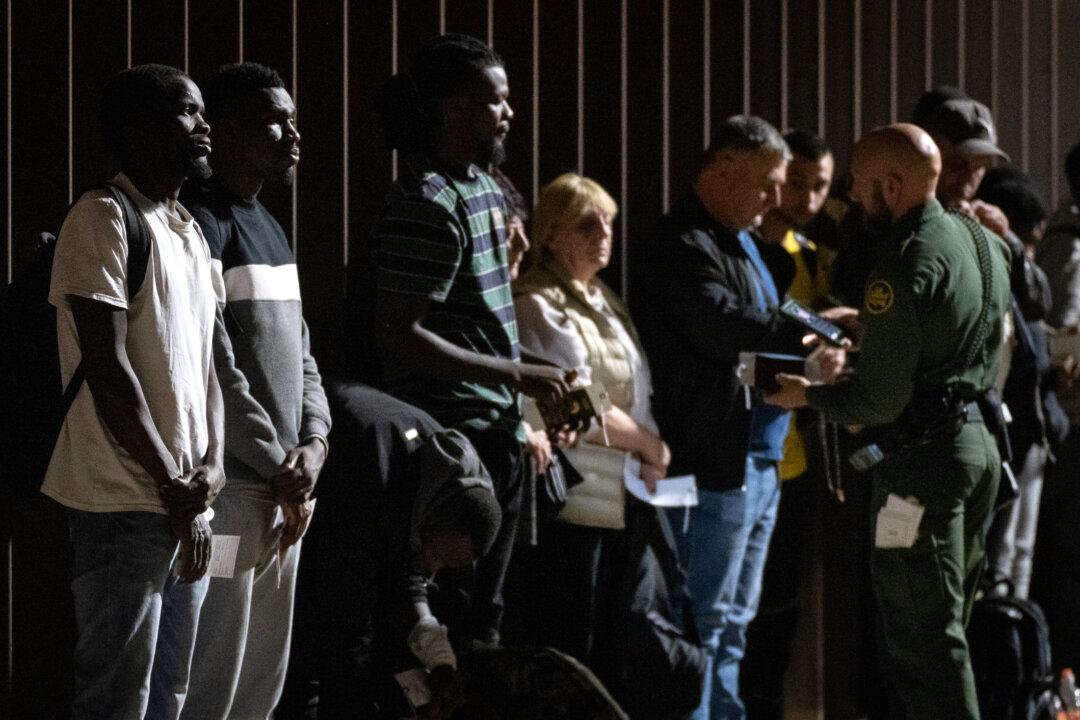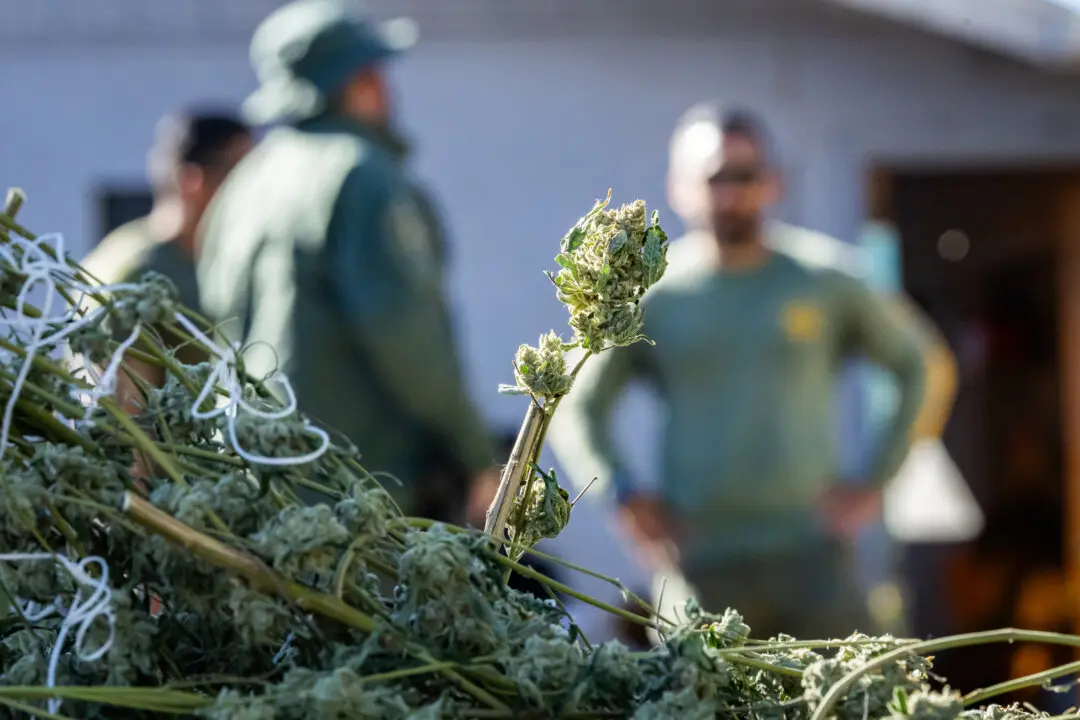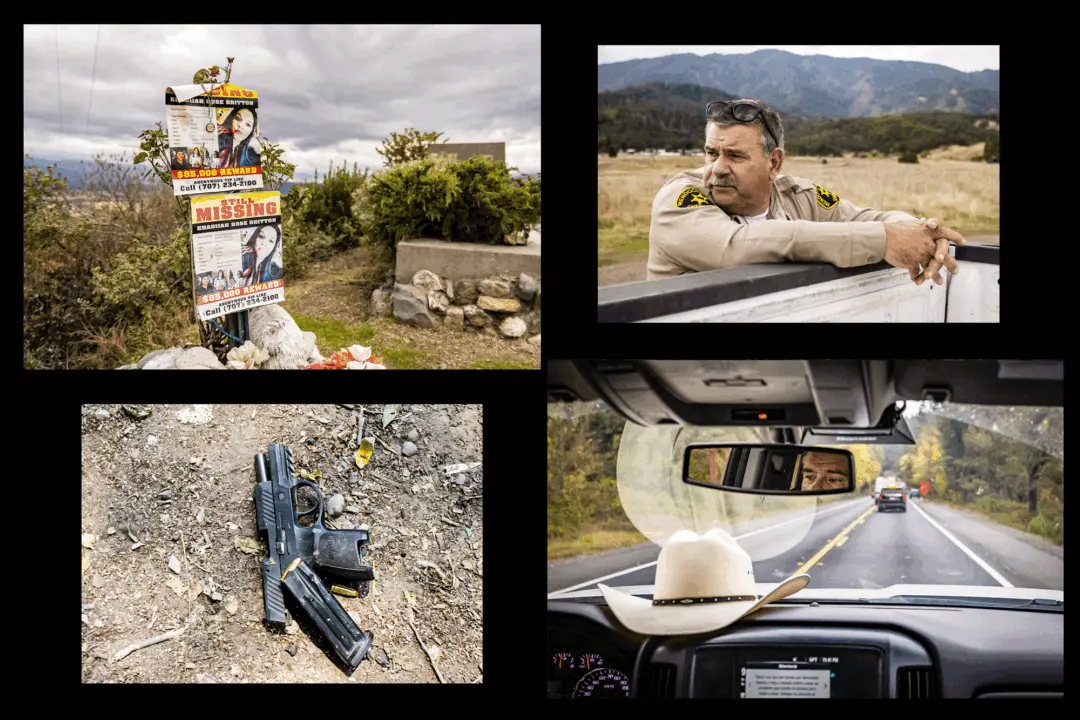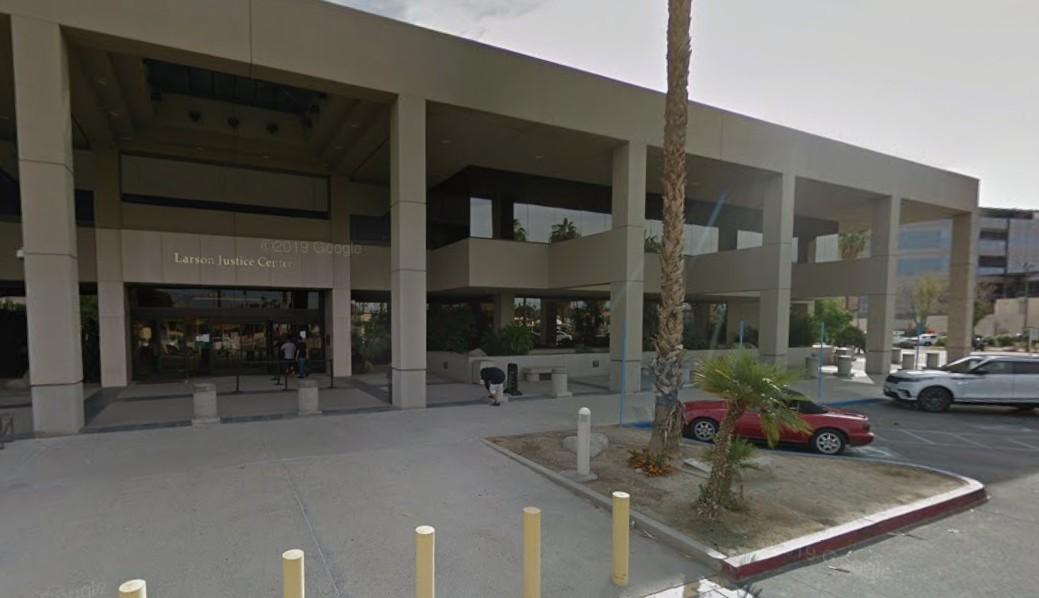YUMA, Ariz.—Every night at the “Yuma gap,” where the California, Arizona, and U.S.–Mexico borders meet along the Colorado River, dozens or hundreds of migrants huddle in the thick brush waiting for their chance to come to America for a better life—a promise Mexican drug cartels have sold them for $500 to $5,000 a head.
But that dream is still more than 100 yards away, down a steep embankment and across the river to where the 30-foot-tall iron border wall ends at the Cocopah Indian Reservation.






